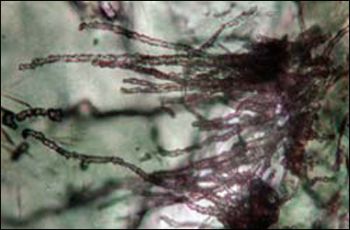
Hunting for Earth’s earliest life, scientists have explored rocks and sand sediments and sea beds, but not much of ‘lava’-be it on land or under the oceans.
But, the glassy surfaces of ancient undersea lava seem to be huge resources to provide clue for earliest life. The mineral-filled “microtubules” in this lava may reveal microscopic life on Earth.
To add to these earthy findings, this may also throw light on life on Mars as well.
According to a geologist, in the hunt for vital minerals in the volcanic glass, these tubules were drilled by microbes in a similar way that do today in basalt lava that squeezes out of the ocean floor in volcanic-eruption prone zones.
The ‘pillow lavas’ now on dry land near Pilbara, Australia are 3.35-billion-year-old, with the tiny tubes filled in with a mineral that is able to be dated. And, this dating can help estimate the minimum age of the microtubules.
It is for the first time, scientists eventually managed to date minerals, and hence microbes, filling the microtubules, which is important in finding if the pillow lava itself have been colonized by the microbes — long after it solidified on the sea floor.
Thus, this finding has equipped environment paleontologists with another weapon that could help decode earliest lives on earth.
Image

